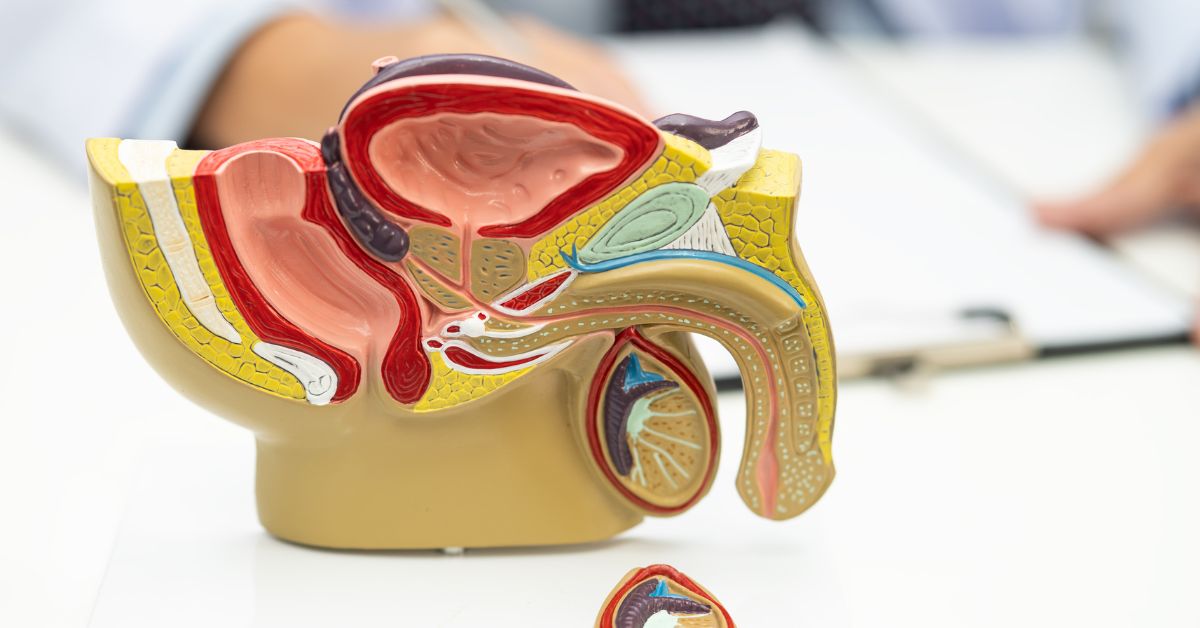Circumcision is a common medical procedure performed in Singapore for both children and adults. Aside from personal reasons, many also choose circumcision for health and hygiene benefits. With modern medical technology, patients now have access to a range of circumcision methods, including both traditional surgical and modern non-surgical techniques.
Whether you are a parent considering circumcision for your son or an adult exploring the procedure for personal reasons, understanding the available options can help you make an informed and confident decision.
Back to main channel: Circumcision
What Is Circumcision?
Circumcision involves the removal of the foreskin, which is the thin layer of skin covering the head of the penis. In Singapore, the procedure is performed under sterile conditions by qualified doctors, such as urologists, general surgeons, or family physicians. Depending on the patient’s age and the chosen technique, the doctor may use local or general anaesthesia.
The primary purpose of circumcision varies among patients. Some undergo it for medical reasons, such as phimosis (tight foreskin that cannot be retracted), recurrent infections, or hygiene management. Others may choose circumcision for cultural, religious, or aesthetic considerations.
Types of Circumcision in Singapore
In Singapore, both public hospitals and private clinics offer different circumcision methods. The most common ones include conventional surgical circumcision, stapler circumcision, laser circumcision, and non-surgical device-based circumcision. Each technique has its own approach, recovery time, and suitability depending on the individual’s needs.
Conventional Surgical Circumcision
This traditional approach is one of the oldest and most widely practised methods. During the procedure, the surgeon manually removes the foreskin using a scalpel or surgical scissors and then sutures the remaining skin edges with absorbable stitches. The operation usually takes between 30 to 60 minutes and is done under local anaesthesia for adults or general anaesthesia for children.
Although recovery may take slightly longer than with newer techniques, conventional surgical circumcision remains a reliable and precise method, especially for patients who require medical circumcision due to foreskin-related conditions.
Stapler Circumcision
Stapler circumcision, also known as the ring device method, is a newer and increasingly popular option in Singapore. It uses a single-use disposable device that cuts and seals the foreskin simultaneously. The procedure is typically faster, taking about 10 to 20 minutes, with minimal bleeding and reduced post-operative swelling.
Because the wound edges are sealed neatly using the device, patients often experience faster recovery and improved cosmetic results. Many adults and adolescents prefer this option due to its convenience and shorter downtime.
Laser Circumcision
Laser circumcision uses high-precision laser technology to remove the foreskin. Instead of a scalpel, a medical-grade laser beam is used to make the incision, resulting in less bleeding and swelling. This method is valued for its accuracy, reduced post-operative discomfort, and faster healing time.
However, laser circumcision is not available at all clinics, as it requires specialised equipment and trained practitioners. It is most suitable for adults who prefer a minimally invasive approach and a quicker return to daily activities.
Non-Surgical Circumcision (Clamp or Ring Devices)
Non-surgical circumcision options, such as Plastibell and PrePex, allow the foreskin to be removed without cutting or stitching in the traditional sense. These devices work by placing a small ring around the foreskin, which naturally detaches after several days as the tissue heals.
This technique is often used in infants and young boys, but certain adult cases may also qualify. Because it is less invasive and does not require sutures, recovery tends to be more comfortable. Nonetheless, not everyone is suitable for this option, and proper medical evaluation is necessary before proceeding.
Recovery and Aftercare
Following circumcision, mild discomfort, swelling, and sensitivity around the treated area are normal. Doctors usually prescribe pain relief and antibiotics to support the healing process. Good hygiene is essential during recovery. Patients are advised to keep the area clean and dry, avoid tight clothing, and refrain from sexual activity or vigorous physical exercise until the wound has healed completely.
Most patients can return to their normal routine within a few days, although full recovery typically takes one to two weeks, depending on the circumcision method used.
Choosing the Right Circumcision Method
Selecting the right circumcision method depends on several factors, including the patient’s age, medical condition, personal comfort level, and aesthetic preference. Consulting a qualified doctor is the best way to determine which method is most appropriate.
Specialists You May Consider Consider

For inquiries or for an introduction to a circumcision specialist, contact us below.
Frequently Asked Questions (FAQs)
1. Is circumcision safe?
Yes. Circumcision is considered a safe and routine procedure when performed by a trained and licensed doctor in a proper medical setting.
2. At what age can circumcision be performed?
Circumcision can be done at any age, from newborns to adults. However, the method and anaesthesia used may vary depending on the patient’s age and medical needs.
3. How long does it take to recover from circumcision? Recovery time typically ranges from one to two weeks. Most patients can resume daily activities within a few days, depending on the circumcision method used.
4. Does circumcision affect sexual function or sensitivity?
When performed properly, circumcision does not significantly impact sexual sensitivity or performance. Most men report normal function once the area has healed completely.
5. Is circumcision covered by insurance in Singapore?
Medical insurance may cover circumcision if it is performed for a medical condition such as phimosis, infection, or other related issues. Elective or aesthetic circumcision is generally not covered, so it is advisable to check with your insurance provider.
Disclaimer: 365Asia aims to provide accurate and up-to-date information, our contents do not constitute medical or any professional advice. If medical advice is required, please consult a licensed healthcare professional. Patient stories are for general reading. They are based on third-party information and have not been independently verified.





